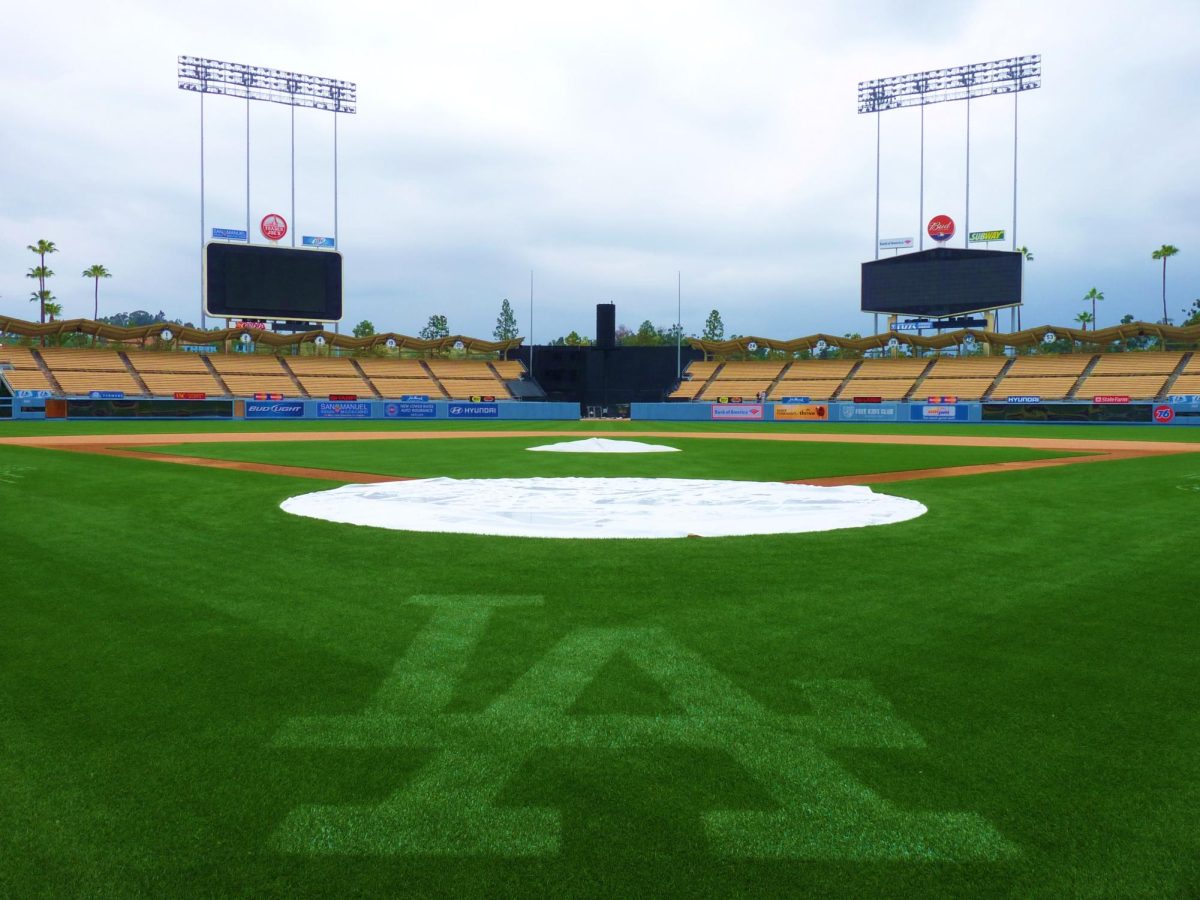Following the 1957 Major League Baseball season, the Brooklyn Dodgers officially made their move west. Finding a new home in Los Angeles, the move went on to have a major impact on the progression of baseball history.
The magnitude of this move raises the question: How would baseball history differ had the Dodgers stayed in Brooklyn? Of course, this question cannot be answered, but theories can be developed. Here is one possibility for what may have happened had the Dodgers stayed.
The Timeline
In 1952, let’s say the Dodgers got approval for the construction of a new stadium in Brooklyn. This ultimately diminished relocation talks, cementing the Dodgers’ home in Brooklyn.
The Giants still yearned to leave the aging Polo Grounds, thus they looked to relocation. In 1958, instead of moving to San Francisco, the team moved to Minneapolis — the home of their then minor-league franchise. With the Giants’ move to Minnesota, the Washington Senators would never see the light of day as the Twins. Still wanting out of Washington, the Senators looked for potential relocation options of their own.
Knowing the MLB would be eager for western expansion, the Pacific Coast League created another bid to turn major. This time, the bid saw much more success. In 1958, following a dip in the years prior, the PCL had a record year for attendance and fan support. This further built momentum and conversation for a potential merger.
After extensive negotiation, the league agreed with the PCL and the Washington Senators. The Senators moved to Houston the following season, bridging the gap between the east and west. In 1960, the Pacific Coast League was established as the “Third Major League.”
With the merger made official, Opening Day in 1960 saw play over three different major leagues. The PCL brought new franchises in Seattle, Los Angeles, San Diego, San Francisco, Oakland, Sacramento and Portland.
These new franchises brought the size of the MLB to 24 teams, negating the need for expansion in the early sixties. To create balanced schedules, inter-league play is introduced nearly thirty years early.
Coming from a minor league status, the PCL found itself falling behind in its early seasons. This wouldn’t last for long though, as many star players were attracted to the big markets associated with the PCL. By the late sixties, the PCL would possess their own title-contending franchises.
With the Dodgers keeping National League baseball in New York City, the New York Mets would never come to existence. With the Giants’ departure, fans were forced to choose to root for their rivals or the Yankees.
The Braves still kicked rocks in Milwaukee, moving south to Atlanta in 1966. On the contrary, the Athletics were not able to move to Oakland in this timeline due to the presence of the PCL’s Oakland Oaks.
As a result, the Athletics moved to Dallas, helping further reduce the gap between the west and east coast franchises. To create a more even distribution across leagues, the A’s franchise moved to the PCL.
The league saw its first wave of post-merger expansion in 1969. A new franchise was placed in Montreal, expanding the international presence of the MLB. Additionally, Kansas City was awarded a new franchise, with the Royals joining the league.
Further expansion occurred in the late ’70s, with Milwaukee getting a new franchise in the Brewers and Toronto being awarded the Blue Jays. This expansion put the league at an even 28 teams, with nine teams in the Pacific Coast League, nine in the National League and 10 in the American League. The league would stay in this structure for roughly two decades.
In the mid-1990s, a final wave of expansion occurred with the purpose of evening out the three leagues. A new PCL franchise is awarded to the city of Phoenix, Arizona. The league also placed a franchise in Florida for the first time: the Florida Marlins. Coming into the new century, the MLB sat at an even 30 teams, with 10 in each of its leagues.
Whether or not this would have been the trajectory of baseball had the Dodgers stayed will never be known. Regardless, the landscape of professional baseball would have differed significantly had the Dodgers stayed in the Empire State. How do you think baseball history might have differed?




Andrew Scolari • Aug 9, 2024 at 1:07 pm
Here’s my interpretation. It is 1946 MLB is more popular than ever with the American people. Following the 1946 season the leagues talk about possible expansion. Especially due to LA officials complaining about the St. Louis Browns opting not to move because of WW2 so the plan is to expand by 1950. After two years of negotiations the 1949 season sees the introduction of the the Los Angeles Stars and Minneapolis Twins in the National League and the San Francisco Seals and Kansas City Blues in the American League. The Braves still move to Milwaukee in 1953 and the Browns still move to Baltimore and become the Orioles in 1954,however the Athletics move to Houston instead in 1955. In 1958 the Giants move to a renovated Roosevelt Stadium in Jersey City and become the New Jersey Giants. Walter O’Malley continues to fight with New York City over a new Stadium till Robert Moses is outed from his position in 1965. The city approve a new stadium and the Dodger Dome opens in 1968 later renamed Jackie Robinson Memorial Stadium in 1973. The American League expands in 1960 with the Los Angeles Angles and the Atlanta Firebirds while in 1962 the National League adds the Dallas Rangers and the Denver Gold Sox . 1969 sees the National League add the San Deigo Padres and Montreal Expos with the American League adding the Seattle Piolets and the Toronto Blue Jays that same year. No expansion takes place in 1977. In 1993 we get the Florida Marlins and the Arizona Diamondbacks in the National League and in 1998 the Tampa Bay DevilRays and the Portland Pioneers in the American League. The Expos move to Norfolk, Virginia in 2005 and become the Norfolk Neptunes
Phil • Jun 16, 2024 at 8:06 pm
And one more thing: I’m watching a CFL game on TV right now (Riders-TiCats).
Phil • Jun 16, 2024 at 8:05 pm
Hi Jonah:
Really interesting read of an intriguing “what if” scenario. The only spot where I find myself disagreeing is your conjecture that the PCL would have experienced an upswing of attendance in 1958. That league set loads of attendance records just after the conclusion of WWII, when left-coasters were enjoying new-found wealth and leisure time; however, with the rise of television (and televised baseball, including MLB games) attendance sagged precipitously throughout the 50s. Therefore I see no reason to predict that PCL attendance would once again rise in 1958. Otherwise, I like your thinking and really enjoyed reading your post.
GARY ZWEIFACH • Dec 16, 2024 at 10:59 am
I am thinking the Dodger organization
Had to have contacted NY state of their
Intentions to move from Brooklyn
Unless the City/ State assisted thrm in
Building a new and larger locatiion in Brooklyn.That said, apparently tye response from NY was unfavorable,
And, therefore, they moved, which
Ironically, inspired the NY Giants
To follow their leave as well.00